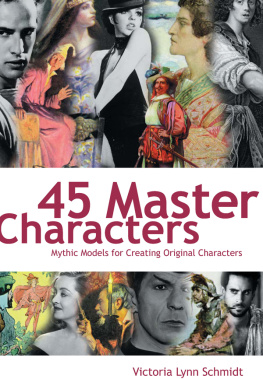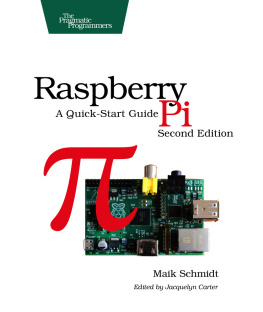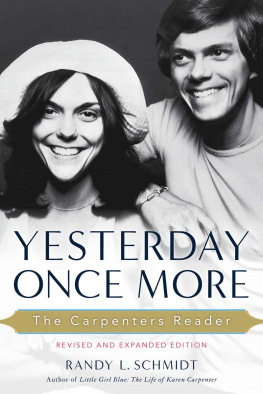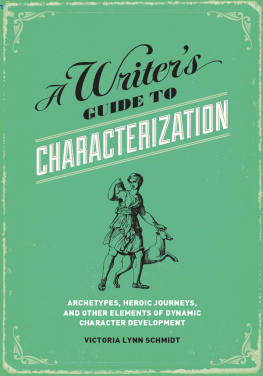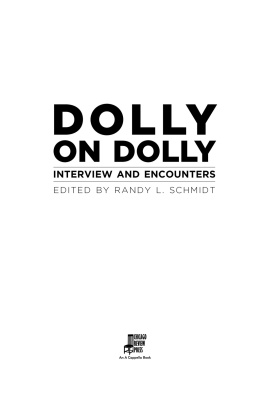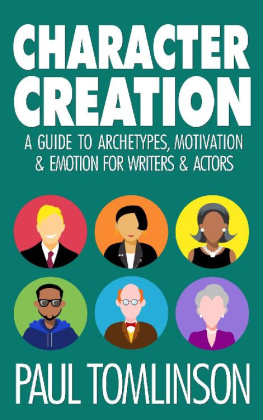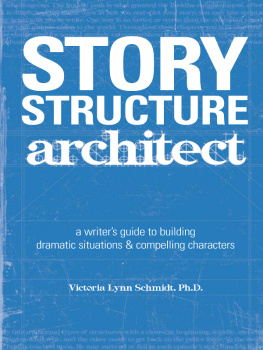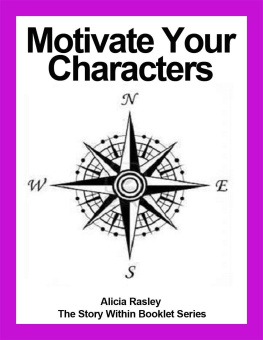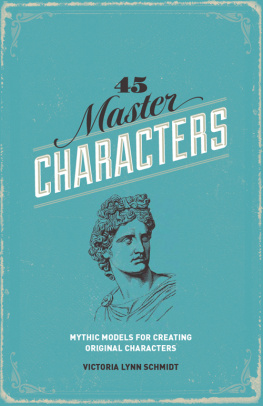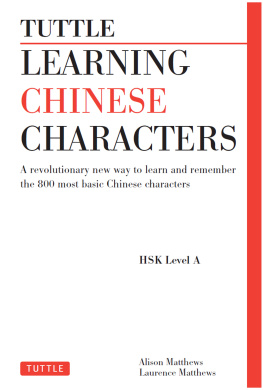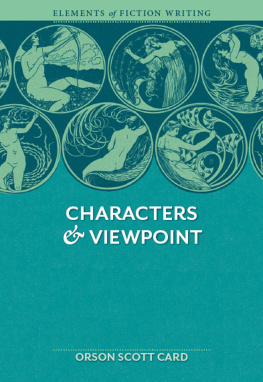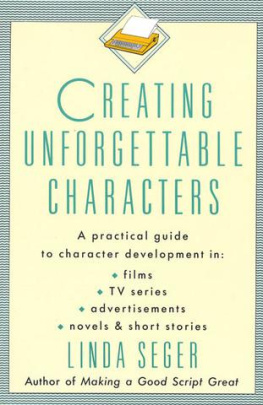Victoria began her career as a screenwriter for film and television. She is a graduate of the film program at UCLA and also holds a master's degree in screenwriting from Loyola Marymount University.
She has written several original screenplays, two television series and is currently writing a novel. She lives in Los Angeles where she occasionally works as a story consultant. See her website at: http://www.CharactersJourney.com.
Introduction
I wrote this book for every writer who has ever felt weighed down by the rules of fiction writing. The theories and information presented here are meant to offer writers a way out of the stifling maze of structure, form and rules surrounding fiction writing. It is a book that honors the spark of passion and vision within the heart of every writer.
When you, the writer, sit down to tell your story, you are often energized and enthusiastic about your idea. A flash of inspiration has drawn you to the blank page as you eagerly pour out what you feel in your heart is a great story.
Then somewhere along the way you start questioning whether your story is really a good story after all. Will anyone want to read it? You can't figure out where your story is going, and you wind up comparing it to other stories on the bestseller lists. Soon, in the midst of outlines and character changes, you give up and move on to another idea, only to repeat the pattern. What has happened? You've gotten so bogged down with structure and plotting, you lost the creative spark that made you face that blank page in the first place.
I'm presenting these archetypes to show you the unique characters that are available to work with. Once you've gotten the basic idea of archetypes down, you can do whatever you wish with them. They are truly the foundation your characters will stand upon. They'll add life and energy to your stories.
I also present the feminine and masculine journeys your characters may explore. These journeys can help preserve the spark you had when you began writing. With nine plot stages, you can easily map out the direction of your story. You can sit down and write and write and write without worrying about where your story is going.
How does this preserve creativity? Aren't the archetypes simply overused stereotypes? Don't the nine stages become rules themselves? No to both. The archetypes preserve your creative spark by giving you a blueprint to work from. They help you to delve deeper into your character by answering What makes this character tick? They push you to think about the character's history and circumstance, and they stimulate you into developing scenes that are rich with archetypal quirks and idiosyncrasies. The nine stages merely show a direction, a progression of events that map out a story line and help develop a character arc. There can be as many as a hundred or as few as five pages in between each stage. It's totally up to you.
My Journey to Write This Book
What sparked this book in me? It started when I was at film school and I was told that I couldn't write a script about a female hero because those stories don't sell. (As I write this I see Julia Roberts is the highest-paid actor among men and women. Go figure.) Needless to say I was very upset. What I had to say didn't matter? It wasn't commercial enough?
In The Bridge to Wholeness: A Feminine Alternative to the Hero Myth by Jean Benedict Raffa, I read a quote by Joseph Campbell: There are no models in our mythology for an individual woman's quest. Nor is there any model for the male in marriage to an individuated female.
So I spent the next few years searching for the female hero's journey so I could prove everyone wrong. Typical bright-eyed writer! One day I was watching The Wizard of Oz, and I realized it was close to what women go through. Was this the only example women had? I took every class imaginable on the subject, and I learned a great deal about myths, writing and feminist theory. Still, no one had any answers for me.
A few months later, as I was going through a dark night of the soul experience, my own personal descent, I found a book about the descent of the goddess Inanna. Everything fell into place. Here I had found the oldest myth in history (dated 2000 B.C. ), and not only was a huge part of it about a female hero but it was also about the female journey into the self. I was living this journey on a personal level, and I knew it inside and out. Once I saw how The Wizard of Oz fit the model I knew I had found the female myth. Much later, when I went to see the film Titanic, I instantly knew why the film did so well. It wasn't just that Leonardo DiCaprio was cute and young girls liked him. It was that this film unknowingly mapped out the feminine journey and young girls unconsciously resonated with it. This was the female Star Wars.
Jack Heffron at Writer's Digest Books immediately loved this book idea and asked me, Well, what about the male hero? I thought, that's already been done to death, but I explored it anyway. It was then that I realized the male journey wasn't as clear-cut as I originally thought. The male hero was just learning to descend on his inner journey, and it would take him much later to do it, whereas the female hero would descend much sooner.

